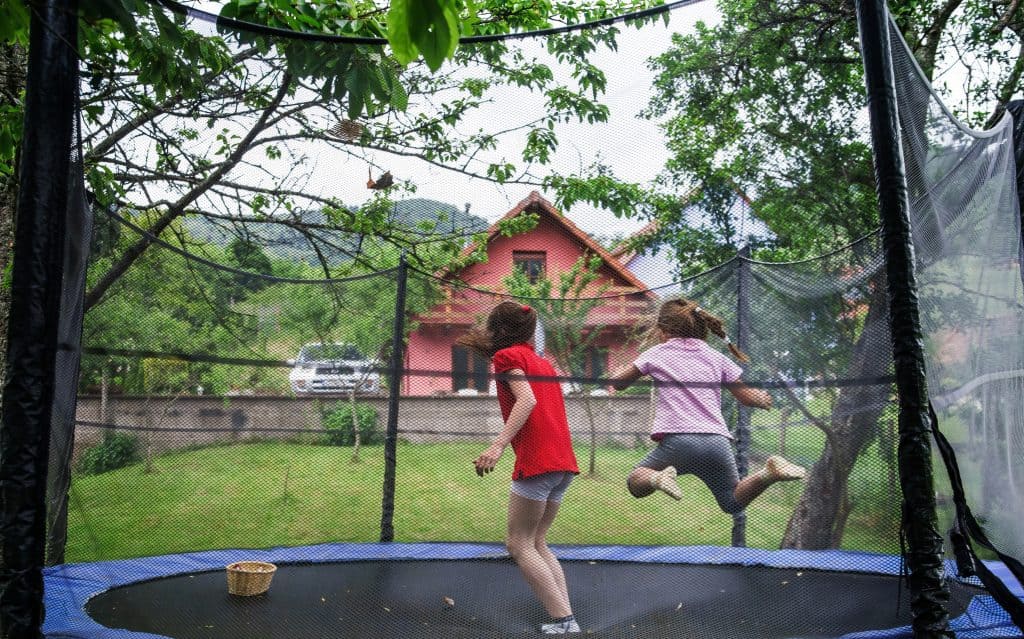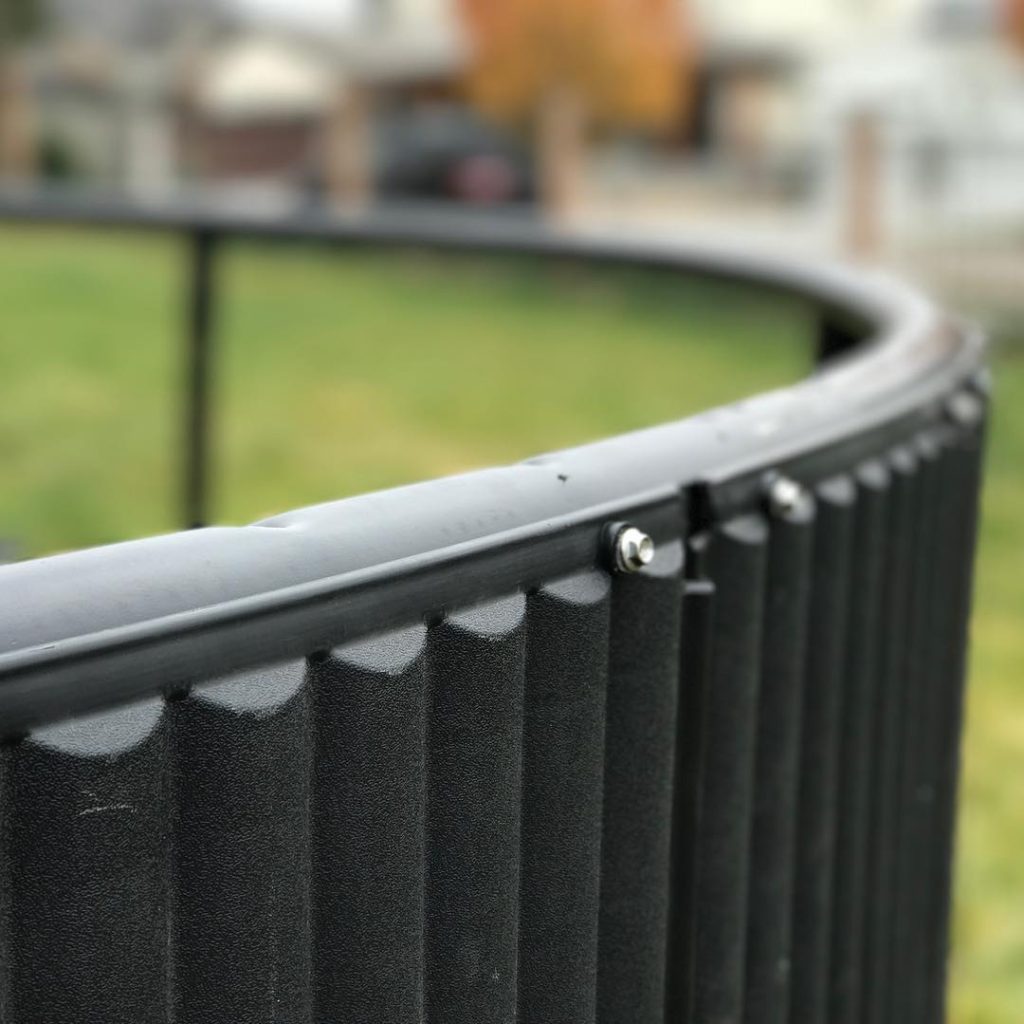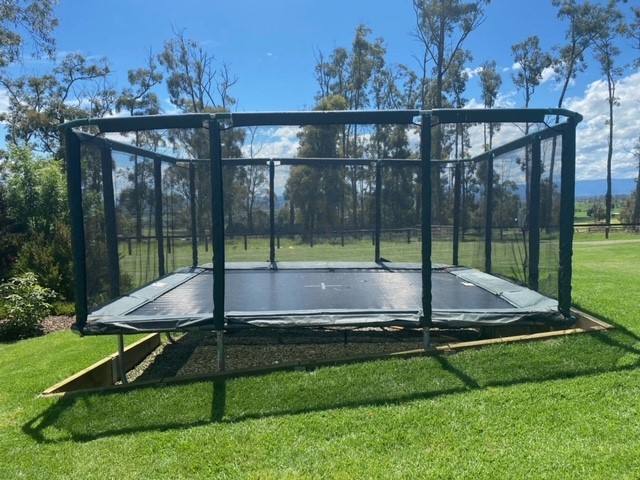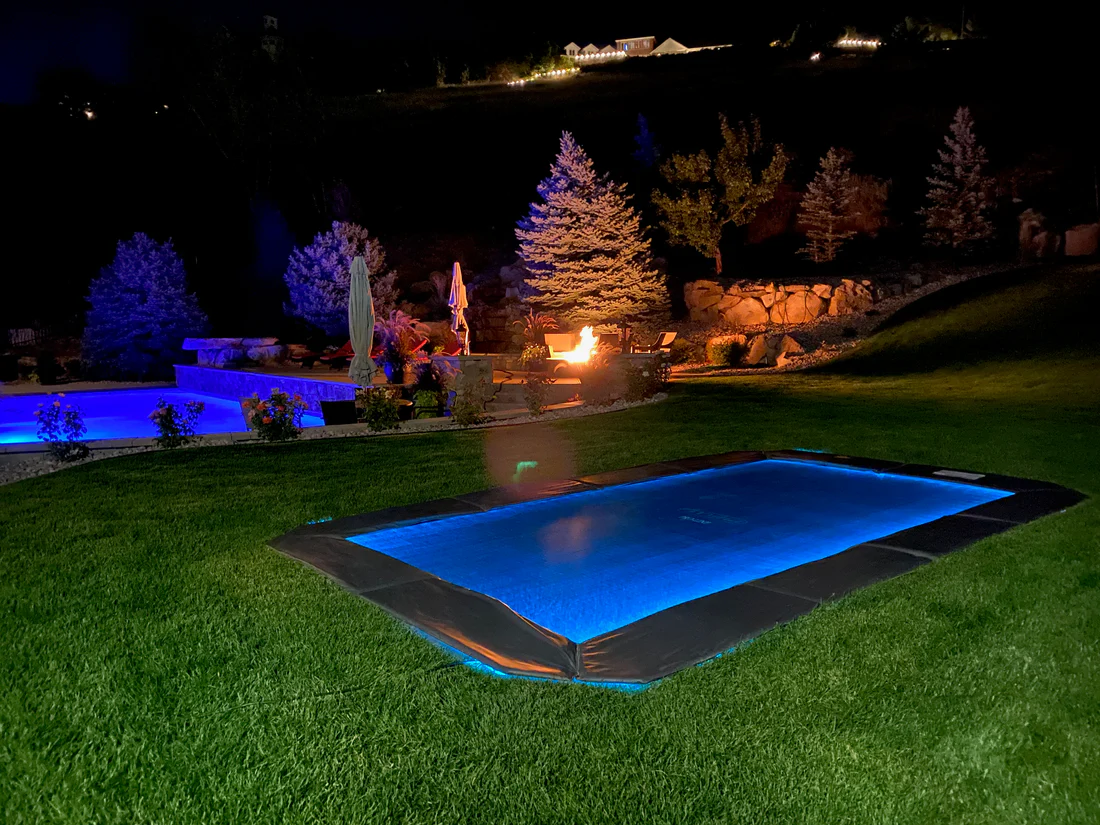In Ground Trampoline
Jump Safely: How an In-Ground Trampoline Retaining Wall Can Keep You Safe

Trampolines are a great source of fun and exercise, but they also come with safety concerns. One of the best ways to enhance the safety and aesthetics of an in-ground trampoline is to use a retaining wall. Retaining walls are structures that are designed to hold back soil and prevent erosion, and they can be used to enclose and support an in-ground trampoline. In this article, we’ll explore the benefits of using a retaining wall for an in-ground trampoline, the types of retaining walls available, the installation process, and safety considerations.
What is a Retaining Wall?
Retaining walls are structures that are used to hold back soil and prevent erosion. They can be made from a variety of materials, including timber, concrete, and gabion baskets. Retaining walls can be used for a variety of purposes, including landscaping, erosion control, and structural support.

Why Use a Retaining Wall for an In-Ground Trampoline?
There are several benefits to using a retaining wall for an in-ground trampoline. First, a retaining wall can prevent soil erosion and subsidence, which can cause the trampoline to sink or shift over time. This can help to ensure that the trampoline remains stable and safe to use. Additionally, a retaining wall can enhance the appearance of the trampoline, making it look more attractive and polished. Finally, a retaining wall can increase safety by preventing people from accidentally walking or falling off the edge of the trampoline.
Types of Retaining Walls for In-Ground Trampolines
There are several types of retaining walls that can be used for in-ground trampolines, including timber retaining walls, concrete retaining walls, and gabion retaining walls. Timber retaining walls are made from wooden planks or logs and can be an affordable and attractive option. Concrete retaining walls are strong and durable, making them ideal for areas with heavy soil or high water tables. Gabion retaining walls are made from wire mesh baskets filled with rocks and can be a good option for areas with rocky soil.
Installation Process of a Retaining Wall for an In-Ground Trampoline
The installation process for a retaining wall for an in-ground trampoline can be complex, so it’s important to hire a professional contractor with experience in this area. The first step is to prepare the site by digging a hole for the trampoline and then excavating a trench for the retaining wall. The retaining wall is then built using the chosen materials and secured in place with rebar and concrete. Finally, the area inside the retaining wall is filled and leveled with soil, sand, or another suitable material.

Safety Considerations for In-Ground Trampolines with Retaining Walls
When installing a retaining wall for an in-ground trampoline, safety should be a top priority. Proper drainage is essential to prevent water from accumulating inside the retaining wall, which can cause instability and erosion. It’s also important to regularly inspect and maintain the retaining wall to ensure that it remains stable and secure. Finally, it’s essential to follow safety guidelines for using the trampoline, such as limiting the number of people on the trampoline at one time, ensuring that the trampoline is properly anchored, and using safety padding and netting.

Conclusion
In-ground trampolines can be a fun and healthy way to enjoy outdoor activities, but they also come with safety concerns. A retaining wall can help to enhance the safety and aesthetics of an in-ground trampoline by preventing soil erosion and subsidence, improving the appearance of the trampoline, and increasing safety. With proper installation and maintenance, a retaining wall can provide many years of safe and enjoyable use.




